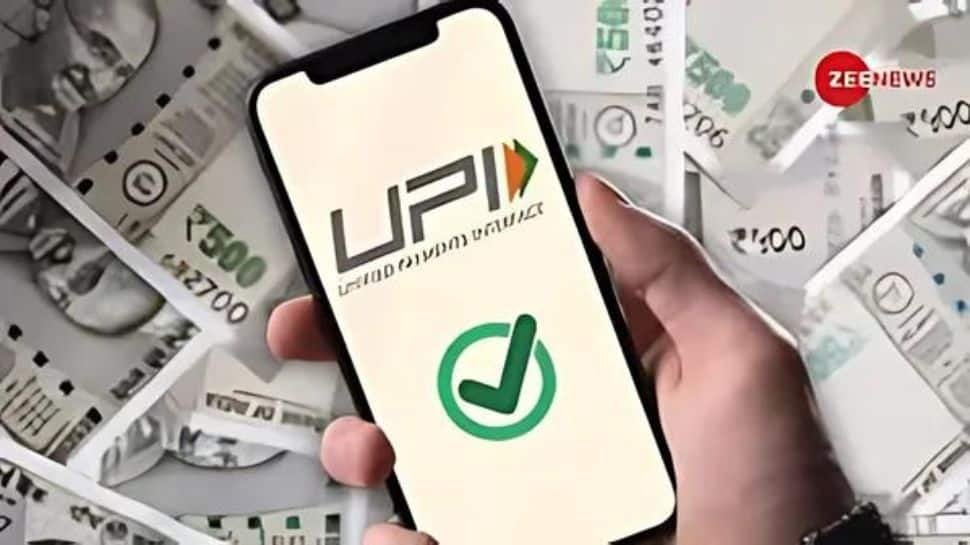 |
|
The National Payments Corporation of India (NPCI) has announced a significant increase in the transaction limit for tax payments using the Unified Payments Interface (UPI), raising it to Rs 5 lakh per transaction effective September 16, 2024. This move, aligned with the Reserve Bank of India's (RBI) monetary policy statement of August 8, 2024, aims to simplify the tax payment process and encourage more people to utilize UPI for larger transactions.
The increased limit is not just for tax payments but extends to other transactions as well, including payments to hospitals, educational institutions, Initial Public Offerings (IPOs), and RBI retail direct schemes. This broadens the scope of UPI payments and makes it a more convenient and accessible option for a wider range of financial transactions.
The NPCI has urged banks, payment service providers, and UPI apps to ensure they comply with the new transaction limit by September 15, 2024. This includes updating their systems to accommodate the increased limit and ensuring smooth processing of transactions within the new framework. Users should also verify with their respective banks and UPI apps to confirm their compatibility with the new limit.
This recent change is part of the NPCI's ongoing efforts to expand UPI usage across various sectors. Previous revisions to UPI transaction limits in December 2021 and December 2023 demonstrate this commitment. The introduction of the 'UPI Circle' feature, allowing primary account holders to delegate transactions to trusted individuals, further enhances security and convenience.
While the standard UPI transaction limit for peer-to-peer payments remains at Rs 1 lakh, individual banks may have their own UPI limits. Some banks, such as HDFC and ICICI, allow transactions up to Rs 1 lakh, while others, like Allahabad Bank, have lower limits, as seen in Google Pay's UPI bank-wise limits. It is crucial for users to be aware of their bank's specific UPI limits and the limitations imposed by individual UPI apps, which may vary across platforms.
